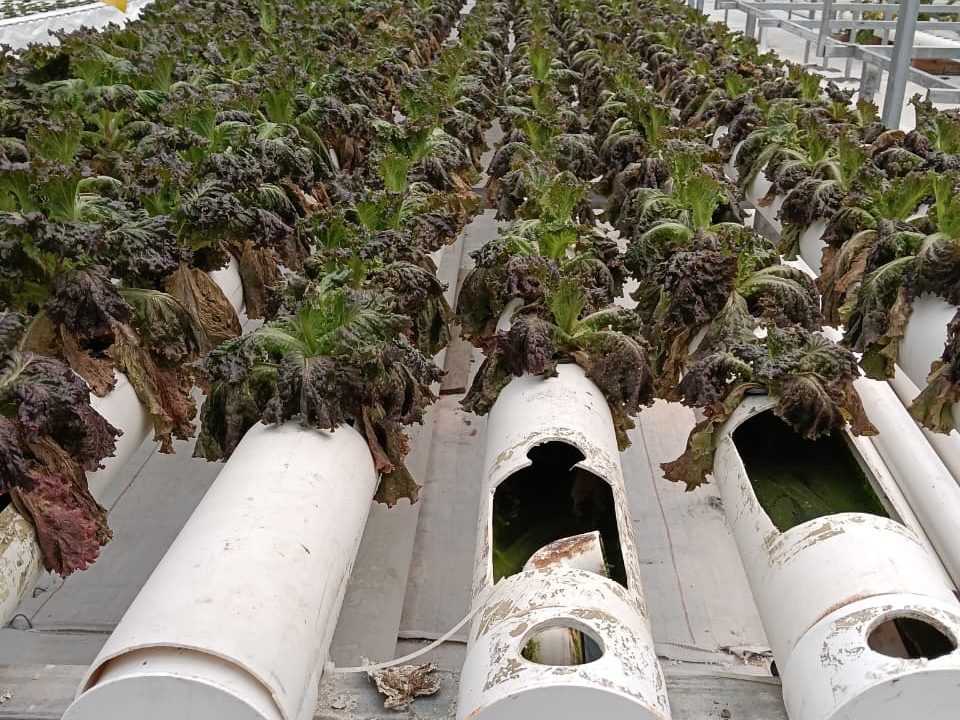
Challenges when implementing a hydroponic system for leafy crops
For several years now, there has been an increasing interest and demand for hydroponic systems for leafy crops. While it is true that there are several companies with knowledge and experience in this area, we continue to see investors and entrepreneurs opting for unproven solutions, encouraged by articles and posts intended for general information and advertisement.
Innovation is an important part of the progress and improvement of plant production, but innovating without a technical basis or knowledge—in this case, agricultural knowledge—can lead to costly disasters or unviable businesses.
To design and implement an NFT, DFT, DWC or floating raft system, it is important to consider, among other things, local environmental factors, the size and type of facility, labor costs, inputs, and target sales prices. All these factors can be captured in a business plan to get a complete picture of the benefits and challenges of our project. That said, one subject where many investors and project developers fall short is in production planning. If we estimate a density of 100 plants per square meter and a weight of 250 grams per plant in a four weeks growing cycle, it would be imperative to justify this calculation based on previous commercial experience or verified data from other companies using similar systems.
In our professional activity, we have seen investments and projects where not a single viable lettuce has been harvested; others where initial production is good at the beginning but then collapses due to the instability of the designed system; and finally, the most common case: projects where sales and revenue didn’t justify either the size of the investment in equipment or the inputs utilized to reach production targets.
In agricultural economics class, we were taught that higher production per area does not always mean greater economic benefit—in fact, increasing production per unit area can even be counterproductive. Like any business, these intensive production systems are expected to be economically viable and sustainable over time.
All this without even getting into the subjects of production planning and crop health, which are the result of production protocols, IPM, quality controls, and other control parameters agreed upon between the production manager and his/her management team. Coordinating the actions to be carried out among the entire team is also fundamental to the success of the company.
At Organic and CEA Solutions, we provide entrepreneurs and investors with technical tools and advice to select hydroponic systems suited to the needs of the project, as well as advice on plant nutrition and crop management in all its aspects.